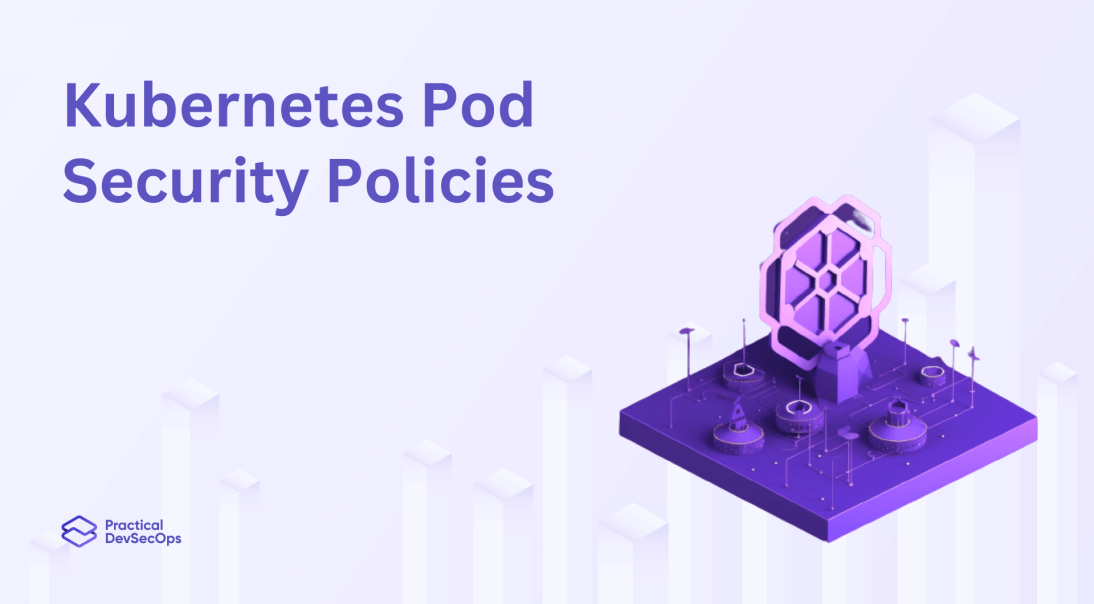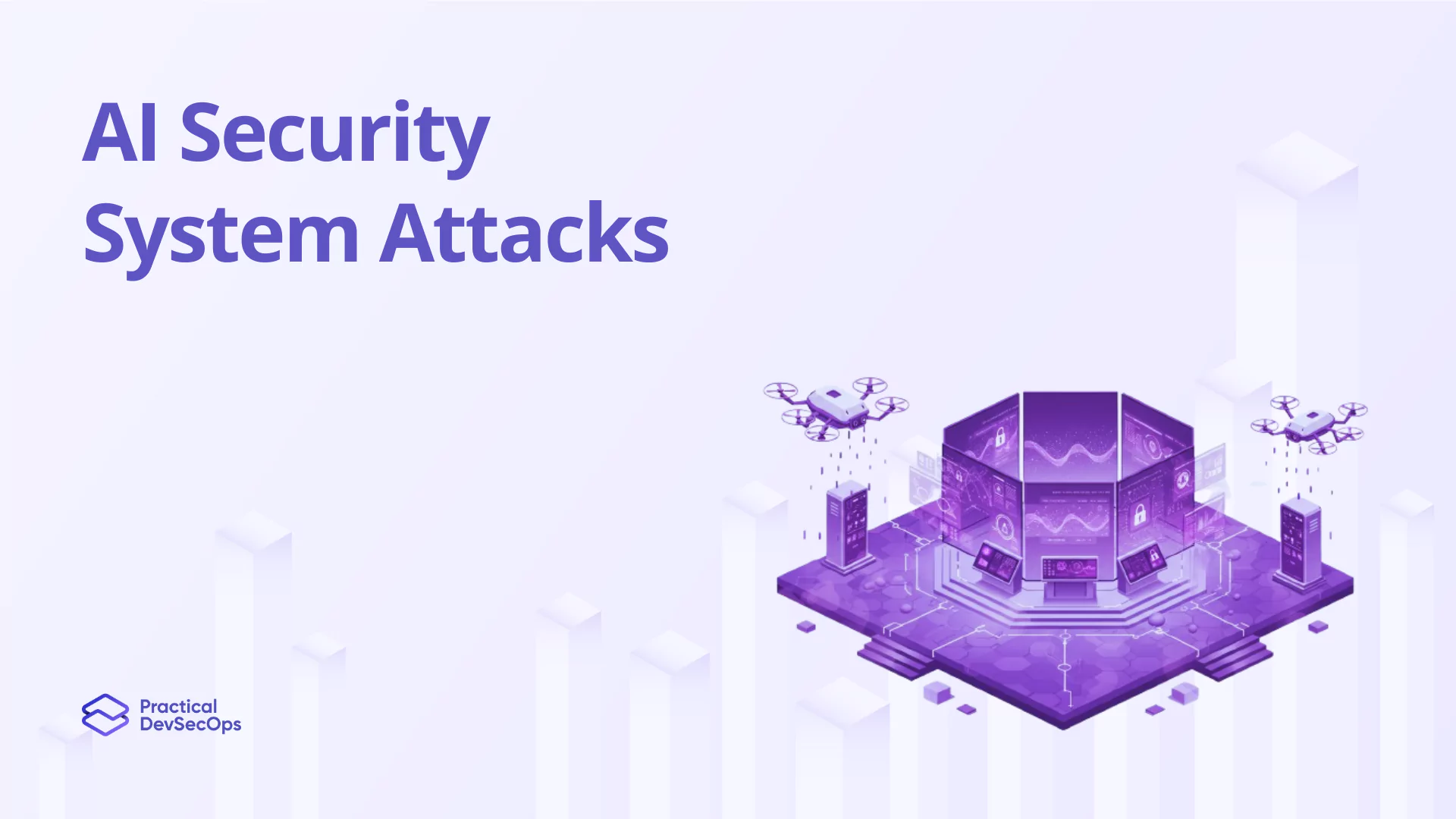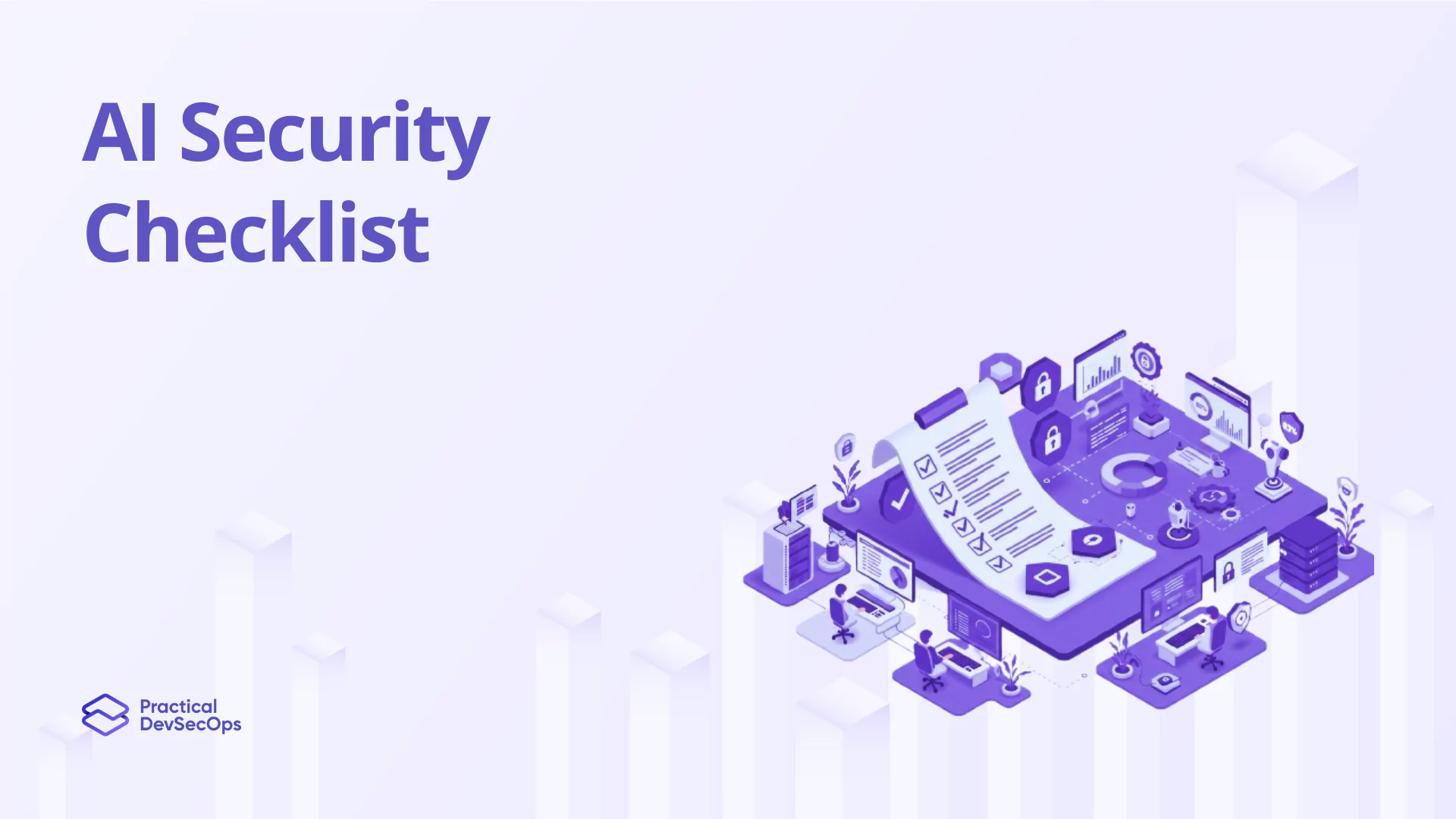Welcome, fellow geeks and security enthusiasts! Today, we delve into the fascinating world of Kubernetes Pod Security Policies (PSPs), where we’ll unlock the secrets to securing your containers like a pro. Whether you’re a seasoned cybersecurity expert or an aspiring security nerd, this article will give you a real-world understanding of PSPs and their importance in fortifying your Kubernetes deployments.
Introduction to Kubernetes Pod Security Policies
In the world of Kubernetes, Pod Security Policies (PSPs) play a critical role in defining the security boundaries for your pods. They allow you to control the capabilities and permissions available to your containers, ensuring that your applications run securely in a multi-tenant environment.
Why Kubernetes Pod Security Policies Matter
Containers revolutionized the way we deploy and manage applications. However, without proper security measures, they can become potential entry points for malicious activities. PSPs help mitigate these risks by:
- Isolating Containers: PSPs enable you to enforce isolation between different pods, preventing unauthorized access and communication between them.
- Privilege Restriction: By defining PSPs, you can limit the privileges of containers to the bare essentials, reducing the attack surface and minimizing potential exploits.
- Preventing Escalation: PSPs prevent privilege escalation attacks, where an attacker gains unauthorized access to resources beyond their role.
How K8s Pod Security Policy Work
K8s pod security policy works by defining a set of security rules that a pod must adhere to before being scheduled on a node. These policies define various constraints, such as:
- Capabilities: Specify the Linux kernel capabilities that a container can request.
- Volumes: Control which types of volumes can be mounted by a container.
- Host Namespace Access: Restrict access to the host’s namespaces, like PID, IPC, or Network namespaces.
- AppArmor/SELinux Profiles: Enforce the use of security profiles to provide an additional layer of defense.
Also Read, Best Kubernetes Authentication Methods
Enforcing K8s Pod Security Policy
Enabling K8s pod security policy in your Kubernetes cluster requires the following steps:
- Cluster Support: Ensure that your cluster supports Pod Security Policies. Some managed Kubernetes services require additional configurations.
- Create PSPs: Define your Pod Security Policies with the necessary constraints for your cluster.
- Binding PSPs: Create a binding between a PSP and a service account, user, or group to apply the policies to specific pods.
- Audit PSP Usage: Regularly audit and review PSP usage to identify potential security gaps and adjust policies accordingly.
Also Read, Best Certifications to Become a Kubernetes Security Expert
Best Practices for Kubernetes Pod Security Policies
To make the most of Kubernetes PSPs, keep the following best practices in mind:
- Regular Updates: Keep your PSPs up-to-date with the latest security standards and practices.
- Least Privilege Principle: Follow the principle of least privilege to minimize the privileges granted to containers.
- Testing and Reviewing: Thoroughly test and review PSPs before applying them to production environments.
Also Read, Best Steps for Automating Security in Kubernetes Pipelines
Conclusion
Kubernetes Pod Security Policies are a powerful tool in your cybersecurity arsenal, allowing you to protect your containers and applications from potential threats. By following best practices and customizing PSPs to your specific use case, you can create a robust and secure Kubernetes environment.
Also Read, Why DevSecOps is a Promising Career in 2025?
Also Read, Best Certifications to Become a DevSecOps Expert.
How to Get Kubernetes Security Training?
You can get trained in Kubernetes security by enrolling in our Cloud-Native Security Expert (CCNSE) course, which provides hands-on training in important concepts such as:
Hacking Kubernetes Cluster, Kubernetes Authentication and Authorization, Kubernetes Admission Controllers, Kubernetes Data Security, Kubernetes Network Security, Defending Kubernetes Cluster
Course Highlights:
- 50 + guided exercises uniquely designed by industry experts
- 24/7 instructor support
- Browser-based labs for hands-on training
- Lifetime access to course manuals and videos
Also Read, Why Train in Kubernetes Security in 2025?







0 Comments